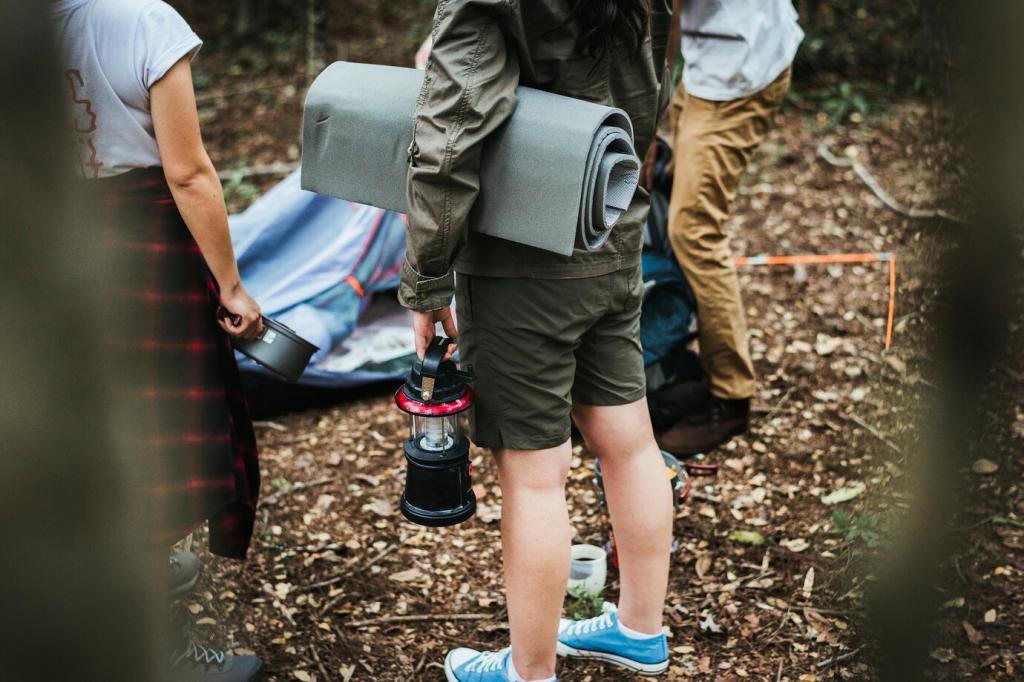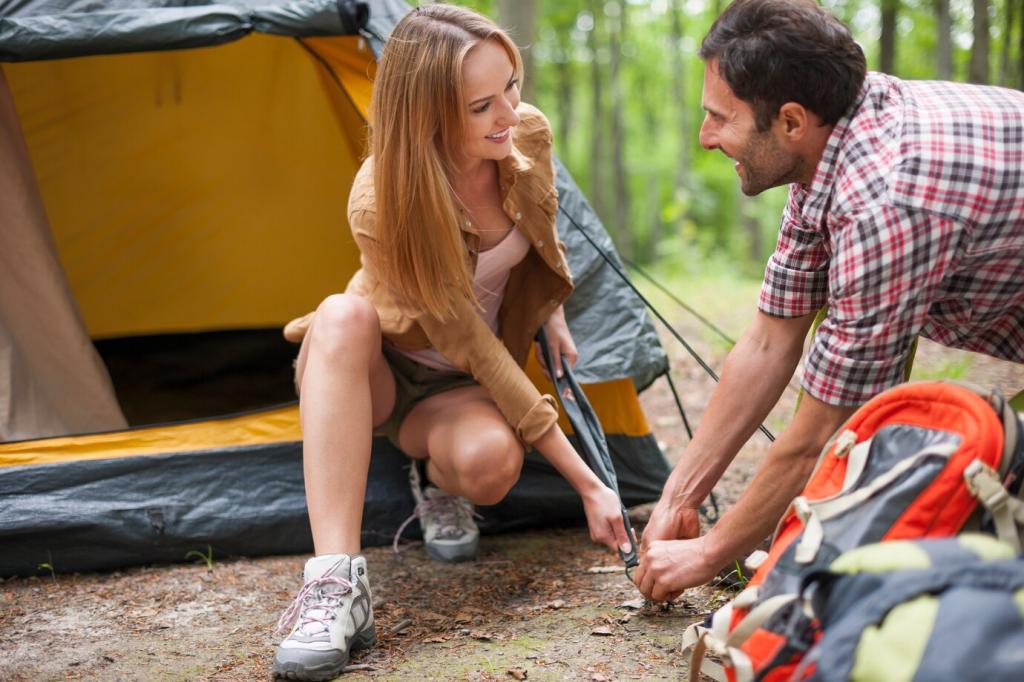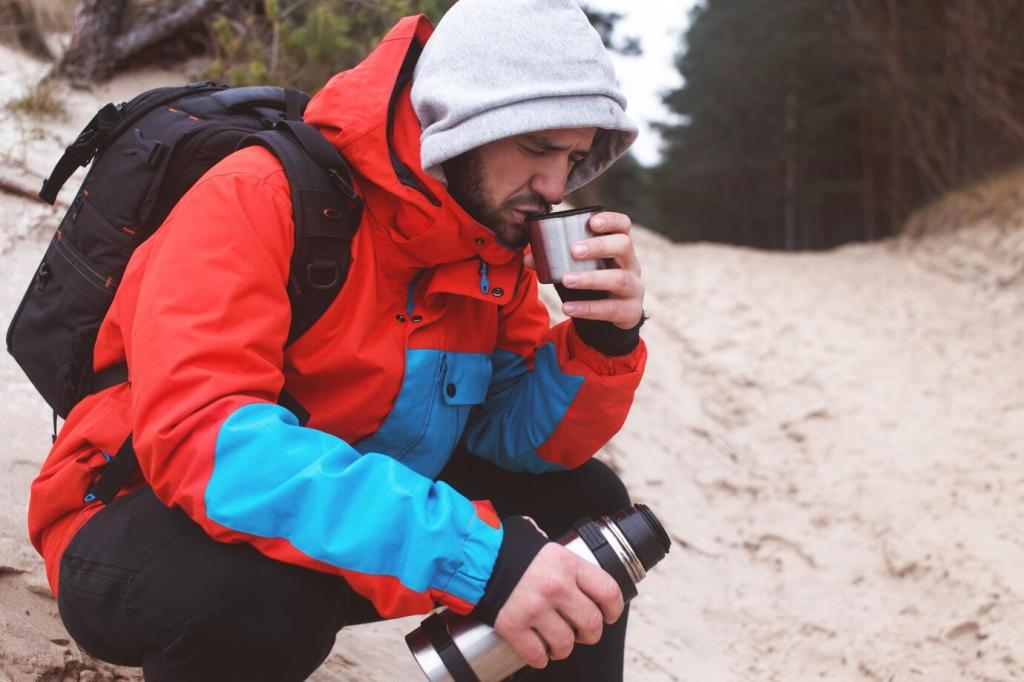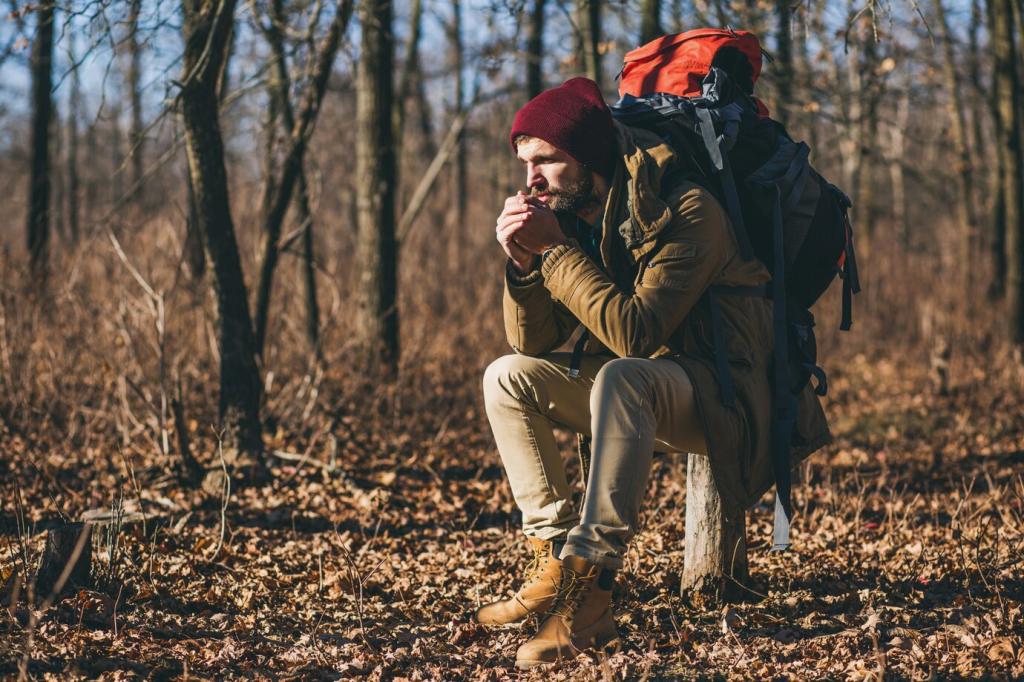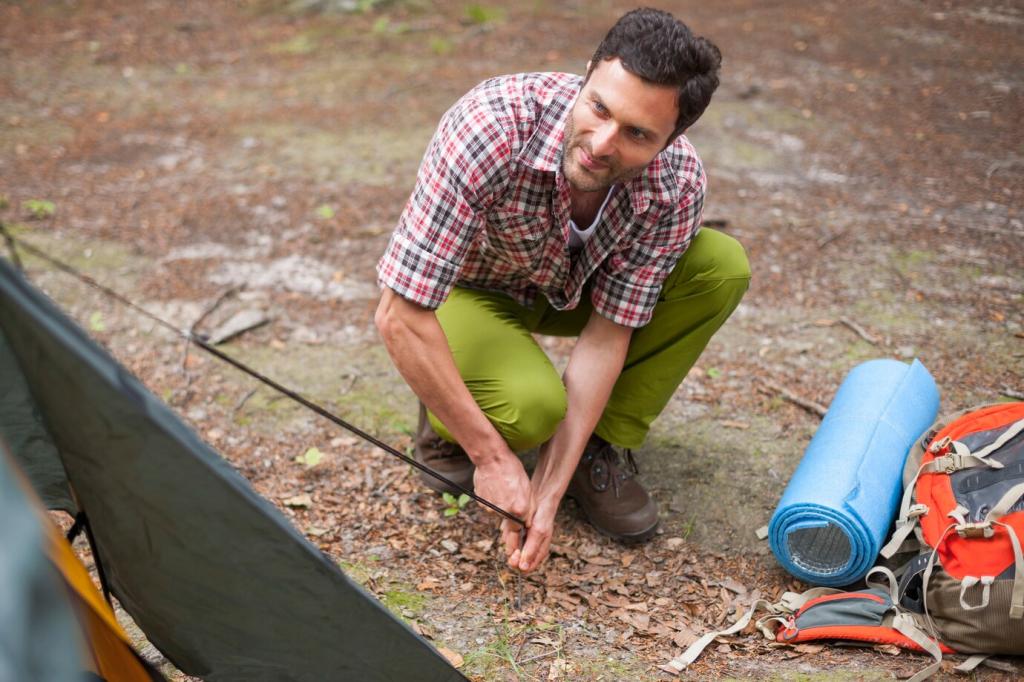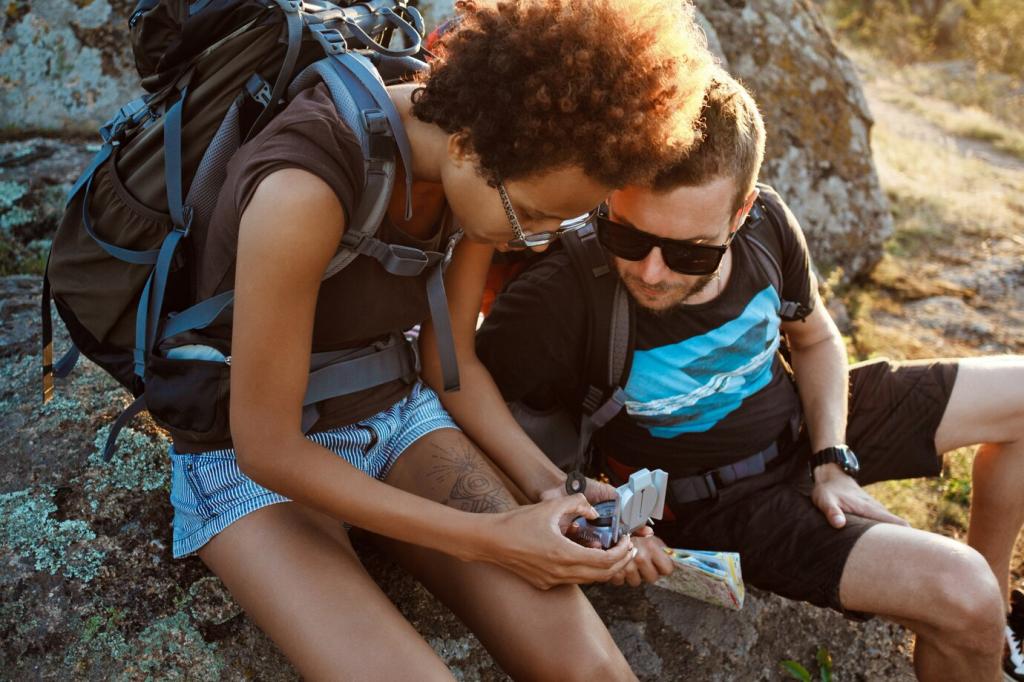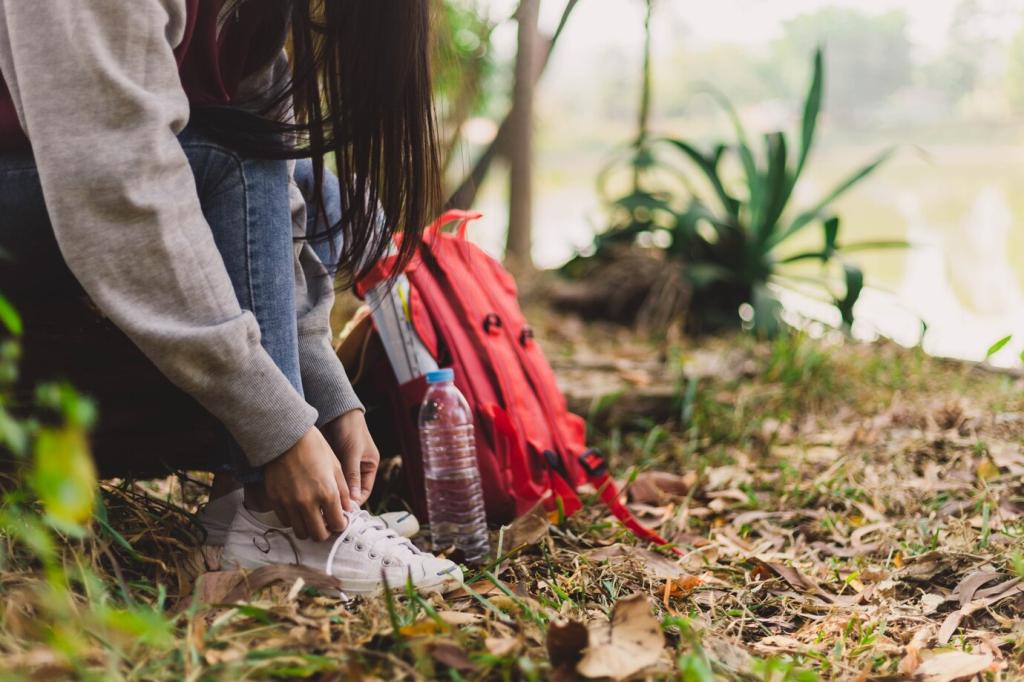Field Notes: Three True Stories of Seasonal Safety
At dawn, the creek was shin‑deep and friendly. By noon, sun‑softened snowfields turned it into a frothy barrier. Because we had scouted an upstream log on the map, we crossed safely and avoided risky wades. That pre‑planned option came from creating a safe hiking route for seasonal trails, not last‑second bravado.
Field Notes: Three True Stories of Seasonal Safety
Forecast highs spiked overnight. We flipped the loop to put steep climbs in the cool morning and doubled water carry. Shaded breaks every forty‑five minutes stabilized heart rates. We ended smiling, not staggering. Share how you adapt routes for extreme heat—your strategies can help others safely enjoy summer peaks.

